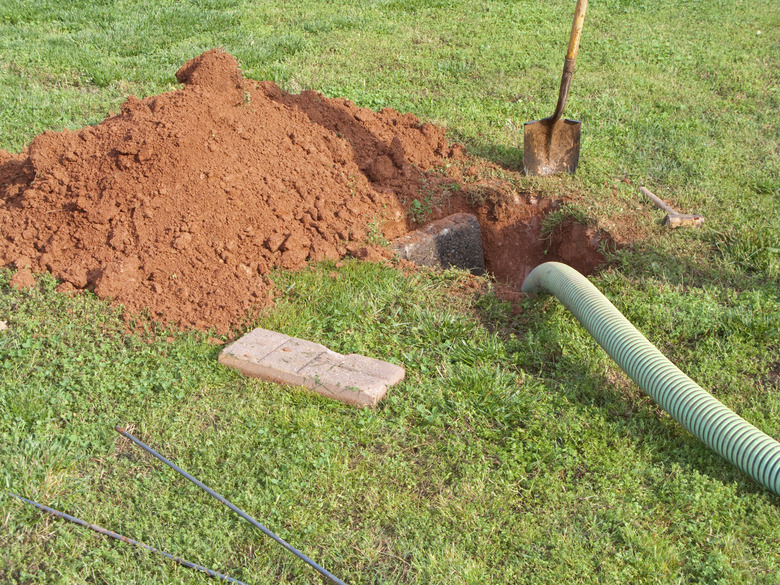How To Install And Care For A Leach Field
When buying a home or building a home, every detail needs to be considered. This includes knowing whether your septic system is a residential model or a municipal model. If your septic system is residential-based, this means that you are in charge of your own household waste using a septic system and personal leach field, or drain field. A leach field is not as confusing as it sounds, but if it is not properly built or cared for, it can cause lots of problems for your septic system in the future.
Installation of a Leach Field
Installation of a Leach Field
Installing a leach field can save you a fair amount of money, but it may be very physically taxing. A leach field is typically built in a flat, open area to allow for enough space for installing the piping. There is no standard size for a leach field, as each installation needs to coincide with the amount of wastewater that is expected from the size of the home.
The size of the leach field also depends on the quality of the soil since the soil absorbs the liquid that is disposed from the septic system. The soil needs to have a good percolation rate — the rate at which the soil absorbs the liquid — if you wish to have a smaller leach field. The longer the percolation rate, the larger the leach field needs to be.
When all building permits and permissions have been granted, trenches can then be dug to install the piping. These trenches must be dug no longer than 100 feet and must be between 1 and 3 feet wide. Each trench needs to be about 6 feet apart with depths varying between 18 and 36 inches. While the trenches need to be on a rather level space, they do need to have a slight slope to allow for proper draining.
Leach Field Build Details
Leach Field Build Details
Before laying the drain field piping, crushed stone or a comparative filtering material must be placed in the bottom of the trenches. The drain field piping is then placed using plastic perforated pipes that simply slide one into the next, making installation easy. The holes in the pipe should be placed at a slight angle facing down (like the 5 or 7 o'clock mark). Do not place the perforations facing straight down, as this might encourage blocked pipes, which will cause problems later.
Once the piping has been placed, the rest of the trench should be filled with the same crushed stone as before until the pipes are covered by approximately 2 inches. The stone can then be covered using dirt, where grass or other appropriate plants can be grown.
Caring for a Leach Field
Caring for a Leach Field
The first thing to do in caring for a leach field is to make sure nothing permanent gets built on top of it or that the area does not receive any heavy traffic. The functionality of the leach field relies on proper maintenance. Get it inspected regularly and have your septic tank consistently emptied.
Being wary of what gets flushed or drained into the septic system is important. The perforated pipes can become clogged if waste other than human waste and dirty water get evacuated into the system.
